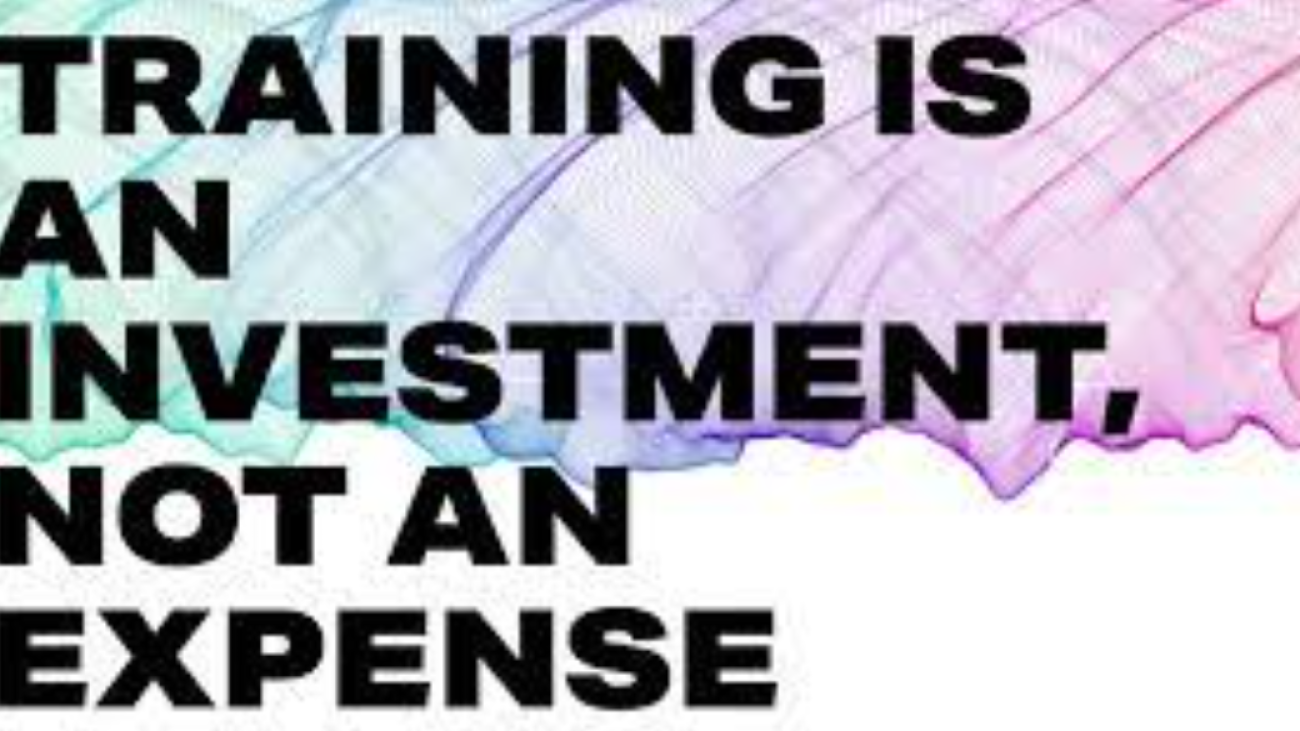What do Corporate conversations mean?
Definition: Corporate conversations mean the process in which businesses, organizations, institutions exchange information or interact with their various internal and external audiences.
These audiences can be of varied types such as,
- The customers,
- Potential buyers,
- Key stakeholders,
- Vendors,
- or even the staff members/ employees.
The purpose of implementing corporate communication:
It serves the direct purpose of generating, promoting, and maintaining a consistent brand identity and image.
It’s quite obvious that the better you become in handling corporate conversations, the easier it becomes to maintain the entire system and also find better returns.
Importance of corporate conversations – Why do you need it so much?
One might underestimate corporate communication, however, when you look through the benefits it offers- you would surely want to try it out!
Here, you’ll find a list of major betterments corporate conversations can bring.
Corporate conversations serve a very clear purpose, that is, to build mutual trust among different organizations or among their audiences which helps them in maintaining a strong relationship.
With the help of corporate communications, the audiences are able to interact in a much better way with the businesses and also get a clear understanding of the motives and goals of the organizations.
- Build a loyal customer base
Corporate communications also allow the customers to look into the procedure of the institutions which builds trust among them and also constructs a loyalty of the customers towards the businesses.
Effective communications and negotiations are essential for any company to become successful and known and also bring them a step closer towards achieving their goal.
- Better relationship with employees
Good communication enables a company to foster good relationships not only with external audiences but also with its own employees.
It enhances a good working relationship between the owners and the staff, they tend to become more attentive, active, hardworking, and cooperative.
7 trends that will dominate corporate conversations in 2022
If your New Year Resolutions of 2022 include ways to improve your business strategies for the coming year, then it is important for you to have a good idea about the ongoing or upcoming business trends of 2022.
Staying updated about the latest trends increases your credibility in today’s world and helps you become a worthy competitor in the market. Figuring out your strategy by matching the current trends is the best way to go ahead in your field.
So, here is what you are looking for-
7 trends that you need to know about corporate conversations in 2022:
1. Inclusiveness
Team efforts are way better and more effective than individual efforts. Including your team and making use of the actual potential of every team member in the correct way will undoubtedly lead you towards success faster.
Trusting your teammates is crucial for the team to work smoothly. Diverse teams with varied expertise are better when it comes to solving problems
The chances are higher to find an accurate solution to the problem as many brains are cooperating together which leads to better results undoubtedly.
2. Sustainability
In today’s generation, we have to make sure to shape a smarter future by sustainable use of all depleting natural resources.
Eco-friendly workspaces will help to a lot of extent by using renewable resources. Minimizing the use of non-replenishable resources in your business is a step towards a sustainable future.
Applying an environment-friendly work atmosphere will also create a good reputation for your company and will attract more customers who will trust your work.
Thus, by ensuring sustainability in your business strategies, two goals are achieved at the same time.
3. Accountability
It is very important to stand by what you do in this era of development and globalization. Keeping in mind that the work is done for the whole team and not just for any particular individual should be the primary motto.
Therefore, it is the responsibility of every person involved to put in equal efforts to achieve their goals.
However, the leader has a greater responsibility as he is in charge of how a person in the team is working, what is the person’s role in the team, and to figure out the strategy of the business.
The inclusive nature of a company enables flexible working which in turn gives better results.
4. Project Management
It is expected to see wider use of project management tools even in 2022. This is the reason there is an emerging demand for project managers nowadays.
The role of the project managers has intensified in the past years and will also continue to rise in the year 2022.
The roles of the project managers are vast which include budgeting, scheduling, strategizing, tracking, influencing, facilitating communicating, and so on.
When we talk about project management tools, they have now become more advanced, reliable, and easier to access. Try to include some of them to explore the change.
5. Business Analysis
Strong Facilitation and Communication Skills will continue to be a must quality for Remote Business Analysts in 2022.
It is common for employees to quit their job due to a toxic working environment, low pay, and so on.
To avoid these problems the BAs work hard to ensure a better working environment and reasonable salaries for the staff.
This allows the business to function better in a smooth way. Through their skills, they are able to facilitate communication with the stakeholders to build up mutual trust, and cooperation for the company to run with efficiency.
Apart from that, digital transformation for the companies also works wonders which makes the work much more accurate and easier.
The problems are better analyzed and solved with the most accurate solution giving much better outputs. There are a lot of opportunities for BAs to serve as key strategists for businesses in 2022 as they can become true gems in the future.
6. Agile Organizations
Most of the organizations traditionally have been very rigid in their systems and approaches and had refused to reform their policies in the past.
But with time, people have realized that it is best to move with time and act accordingly as the needs of the new generation are different and they need to upgrade to satisfy their needs.
Organizations now tend to become more flexible than ever to change their system entirely. This approach has made them more acceptable as far as the market is concerned.
So how do you reform your company?
Follow these steps
- Reorganize your workforce,
- Modify the organizational goal
- Being more accountable to clients as well as the in-house staff.
7. Business with a purpose
Keep in mind that your business produces things according to the demand of the current market, or there is no way that you find success.
Earning profits and building up a team should not be the ultimate purpose that your company exists, a strong purpose is also necessary to thrive in business.
Ask yourself these questions-
- Are you doing something helpful for society?
- Is the market looking for what you are delivering?
- Is your delivery missing anything that can be made better?
- What technical advancements can you add-on to deliver better and faster? and how much would that cost?
A strong purpose allows the business to prosper, so don’t forget to ask for reviews from the customers, bring new developmental changes to the existing system, change the mindset and approach, and so on.
Things may go wrong, but keep trying for it!
The key to success is not stopping, but keep moving on and keep pushing it for betterment. You may go wrong, that’s very natural! Because it doesn’t matter how well you understand things or how deeply you research- every business model is different and they have different loopholes- so solutions too should differ from each other.
But don’t fear failure and keep trying to implement new things till you find the best match!
Good luck and cheers!












